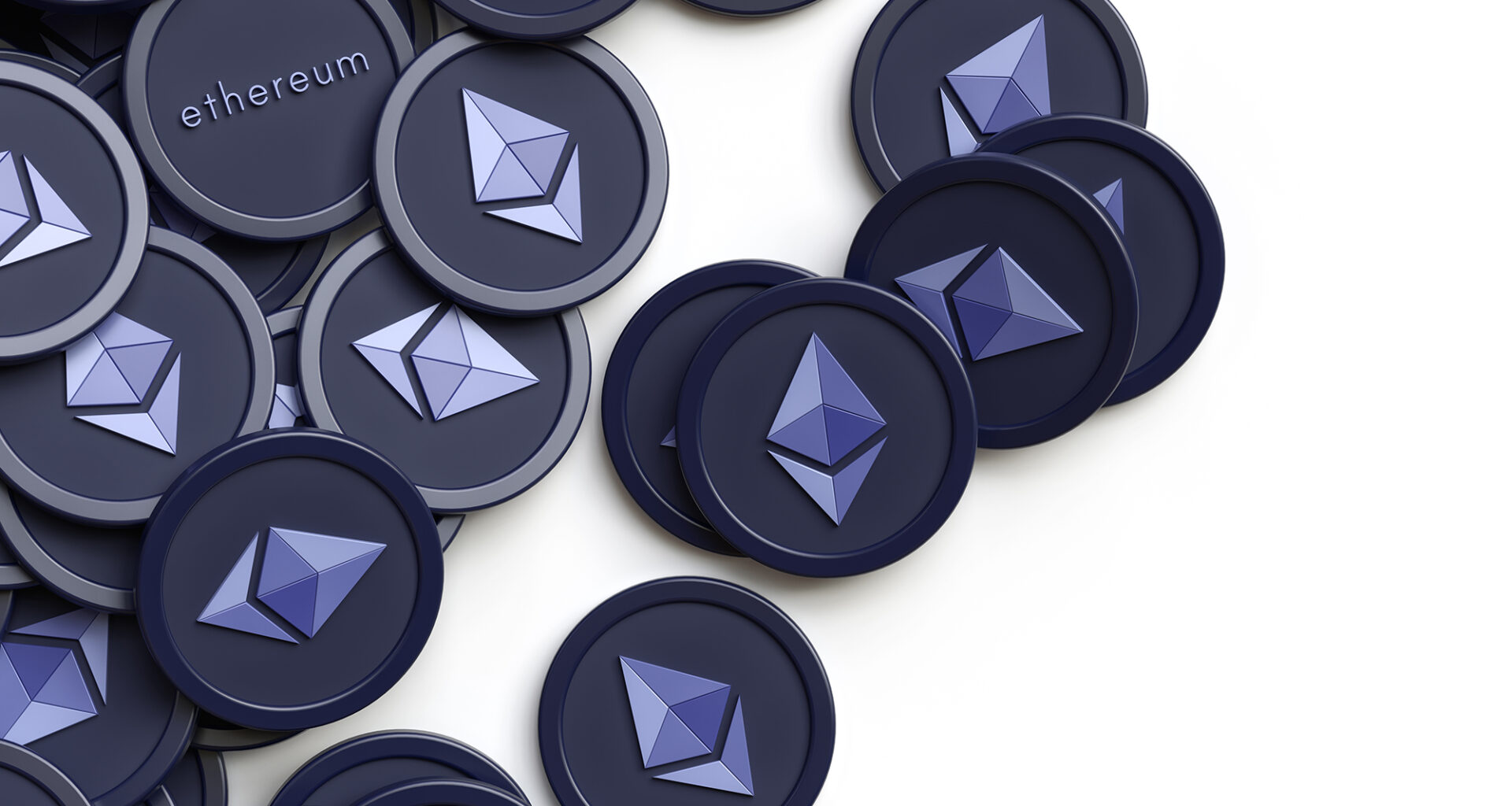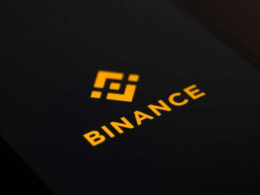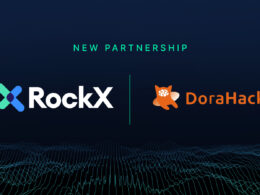It’s official: ETH staking deposits have outpaced withdrawals post-Shapella upgrade. It’s clear that people have a strong faith in the world’s most robust decentralized finance (DeFi) ecosystem, and even institutions are rushing to get aboard the ETH staking train. If you are keen on ETH staking and are doing your due diligence prior, here’s a cheat sheet for everything you need to know about ETH staking.
What is ETH Staking?
It is the act of depositing Ether (ETH), the native currency of the Ethereum blockchain, onto Ethereum itself to help produce new blocks. Prior to the Shapella Upgrade, people who staked ETH on Ethereum could not withdraw their ETH as it was locked up on the blockchain. However, the Shapella Upgrade finally enabled withdrawals, which made ETH staking much more accessible to people who might not have had the ability to lock up their funds for an undetermined amount of time.
What Does It Mean to Be Withdrawal Ready?
The recent Ethereum Shapella (renamed from Shanghai) Upgrade enabled withdrawals, so validators who have been staking ETH for the past few years were finally able to withdraw their staked ETH.
As mentioned, this also makes ETH staking much more accessible to the general public, or anyone who wants to be able to withdraw ETH. For staking service providers, being withdrawal ready means that the validators they run are able to exit the blockchain without hiccups.
RockX ETH staking is withdrawal ready and has had successful validator withdrawal post-Shapella Upgrade. This allows customers to easily exit the network should they desire.
Who is ETH Staking For?
Unlike liquid staking, ETH staking requires users to stake natively on the Ethereum blockchain. This means a minimum of 32 ETH is required to run one validator. ETH staking tends to be for those who have a minimum of 32 ETH and are or intend to be long-term holders of ETH. It is a capital-efficient way to accrue a stable yield of ETH while holding it for an expected long-term price appreciation.
Those who do not have the capacity to set up and monitor their own Ethereum validators may also wish to seek alternate ways of staking ETH. RockX offers a native ETH staking solution where people may simply deposit ETH on a validator set up by RockX. This method of staking is non-custodial, meaning that RockX never has access to your ETH – it goes directly to the blockchain. The only cut RockX gets from this is 20% of your MEV fees, which is among the lowest on the market.
Why Would Anyone Stake ETH?
Ethereum is extremely relevant to the crypto market as a whole.
As the primary market for decentralised applications (dApps), Ethereum represents a huge market that many institutions want to capture. Staking ETH allows these institutions to support the Ethereum blockchain and gain relevance to the community. This, in a sense, is a symbiotic relationship as the institutional interest also supports the growth of DeFi dApps and the continued innovation in this space.
Staking on Ethereum also helps to promote the Proof of Stake (PoS) consensus mechanism, which is more energy efficient and hence environmentally friendly than its more outdated counterpart, the Proof of Work (PoW) consensus mechanism. By staking on the Ethereum blockchain, individual stakers help to decentralise and hence secure the blockchain as the more individual validators there are on the blockchain, the less susceptible it is to things such as 51% attacks.
Read more on Shapella Upgrade timeline
Lastly, and perhaps the most practical reason, is that stakers receive rewards for staking on the Ethereum blockchain. Validators receive rewards from the blockchain for helping to validate and approve transactions on the blockchain. This allows users to benefit from participating in the blockchain by growing their ETH stack.
Ultimately, ETH staking is imperative for the growth of the blockchain industry as a whole as it promotes decentralisation and encourages innovation and robustness of the blockchain. It helps to build the blockchain industry in the right direction by making it more sustainable and decentralised for the future of finance and technology.
In a Nutshell
ETH staking secures the Ethereum network by decentralising it. Validators participate in the network for validating transactions and participating in consensus, in turn receiving rewards in the form of ETH for their contributions to the blockchain. This allows believers and long-term holders of ETH to accrue rewards and benefit from the potential long-term price appreciation of ETH.
If you have 32 ETH and would like to continue stacking ETH while contributing to the Ethereum network, check out RockX’s ETH staking service that allows you to seamlessly stake, monitor and withdraw ETH from a single platform. Receive the rewards without the hassle of setting up and monitoring your own validator!
More Information on RockX ETH Staking
RockX’s ETH staking service is a hassle-free solution for anyone looking to stake ETH as simply as possible. Conventional ETH staking can be confusing and a long ten-step process.
With RockX, you can start staking ETH in just two simple steps and get access to a simple dashboard that will allow you to monitor your ETH validator and withdraw whenever you want. RockX has had successful withdrawals from the Ethereum network post-Shapella, and utilizes multiple fail safes to ensure the tightest security and most efficient validators. Experience it yourself to understand the difference!









